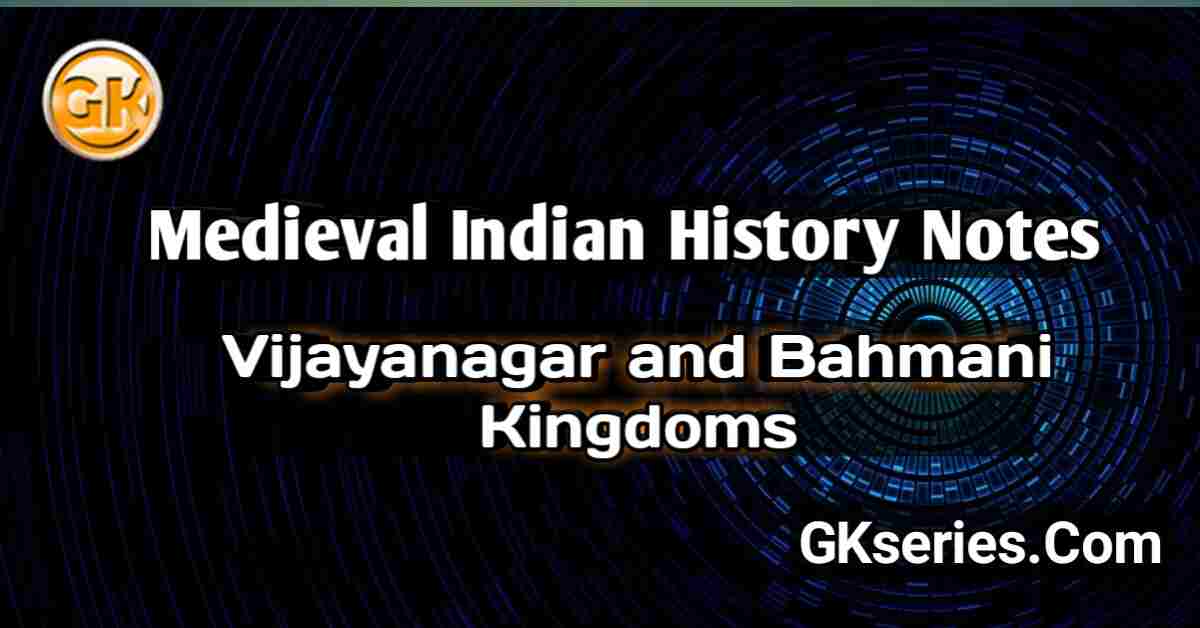
Numerous inscriptions, literary sources, archaeology and numismatics, the average empire of the successive Vijayanagar kingdom was among the richest in the world. The early Muslim writers speak of its affluence and grandeur.
According to Nicolo Conti, “The circumference of the city (Vijayanagar) is 60 miles ; its walls are carried up to the mountains and enclosed the valley at their foot, so that its extent is thereby increased. In the city there are estimated to be 99,000 men fit to bear arms. The king is more powerful than all the other kings of India.”
The prosperity of the Vijayanagar empire was due to the growth of agriculture, industries, trade and commerce. The state followed a wise irrigation policy. Industries were also encouraged by the state.
Commerce was inland, coastal and overseas. Calicut was the most important port on the Malabar coast. If Abdur Razzais to be believed, there were as many as 300 sea-ports in the Vijayanagar empire.
There were commercial relations with the islands in the Indian Ocean, the Malaya Archipelago, Burma, China, Arabia, Persia, South Africa, Abyssinia and Portugal. The exports from the Vijayanagar empire were cloth, rice, iron, salt petre, sugar and spices.
The imports were horses, elephants, pearls, copper, coral, mercury, China silk and velvet. Edoardo Barbosa tells us that South India got its ships built in the Maldive Islands. The art of ship-buildings was well-known.
The coins of the empire were those of gold, copper and silver. There were emblems of different gods and animals on them.


